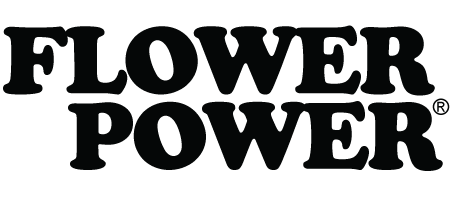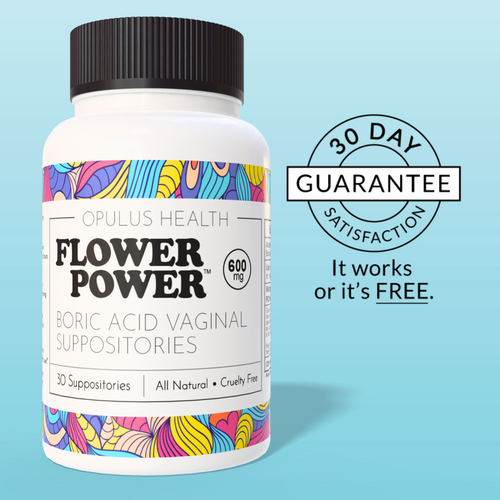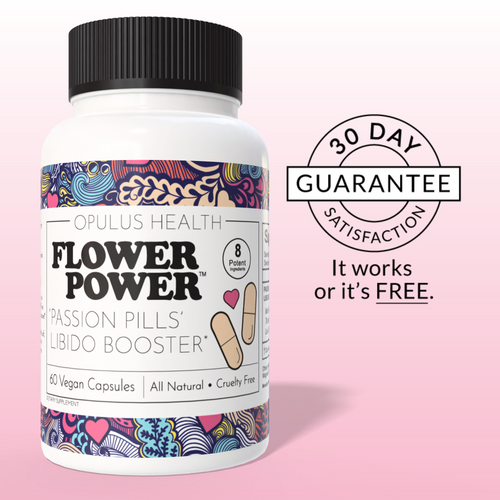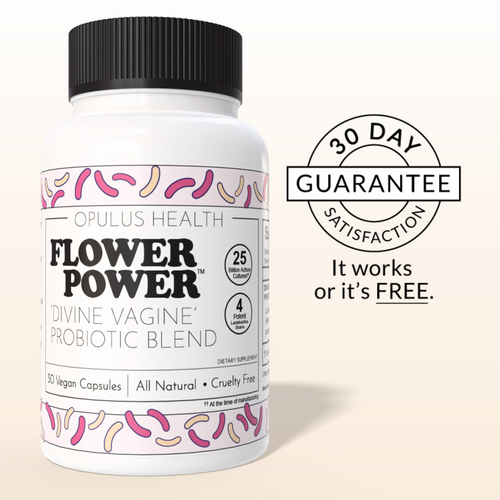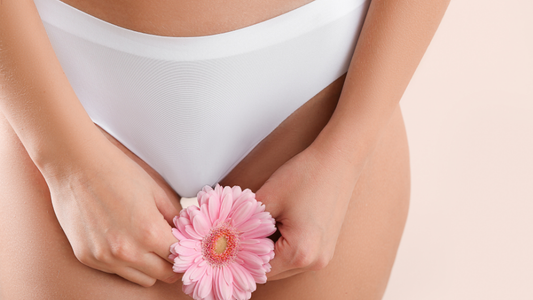Childbirth is one of the most transformative experiences in a woman’s life. While much attention is given to recovery from delivery, breastfeeding, and emotional changes, one area often remains unspoken: vaginal dryness after childbirth.
This condition is far more common than most women expect. Studies suggest that up to 40–60% of postpartum women experience some degree of dryness, particularly in the first six months after delivery. Yet, because of stigma or lack of awareness, many mothers endure the discomfort silently.
Vaginal dryness is not just about intimacy—it can affect daily comfort, emotional well-being, and self-confidence. The good news? It is usually temporary, and there are effective ways to manage and treat it. This comprehensive guide explores the causes, symptoms, risk factors, solutions, and preventive strategies, offering clear and compassionate information for new mothers.
What Is Vaginal Dryness After Childbirth?
Postpartum vaginal dryness refers to a reduction in the natural moisture and elasticity of the vaginal tissues. Normally, estrogen maintains thickness, suppleness, and lubrication. After childbirth, especially during breastfeeding, estrogen levels drop significantly, leaving tissues thinner and drier.
This dryness can present immediately after delivery or develop gradually, affecting both everyday activities and sexual intimacy.
Unlike menopause-related dryness, which is often permanent, postpartum dryness is typically temporary and reversible, but still deserves medical and emotional attention.
Why Does Vaginal Dryness Happen After Delivery?
Vaginal dryness after childbirth is rarely the result of a single cause. Instead, it stems from a combination of hormonal changes, physical recovery, and emotional factors that interact during the postpartum period. Understanding these underlying mechanisms is essential for finding the right solutions and for reassuring new mothers that what they are experiencing is both common and temporary.
Hormonal Shifts: The Primary Driver
Hormones play a central role in vaginal lubrication, and the dramatic changes that occur after delivery can trigger significant dryness.
-
Estrogen decline: During pregnancy, estrogen levels rise to support blood flow and keep the vaginal tissues thick, elastic, and naturally lubricated. Immediately after childbirth, estrogen levels drop sharply. This reduction is especially pronounced in women who are breastfeeding, as lactation further suppresses estrogen production. Low estrogen translates directly into thinner, drier, and more fragile vaginal tissue.
-
Prolactin dominance: Prolactin is the hormone responsible for milk production. While vital for breastfeeding, high prolactin levels also inhibit estrogen, prolonging the period of dryness for nursing mothers. This is why many women report persistent discomfort throughout the months of exclusive breastfeeding.
Physical Contributors
In addition to hormonal shifts, the physical impact of childbirth itself can intensify dryness.
-
Birth trauma and healing: Vaginal tears, episiotomies, or stitches can leave the vaginal walls more sensitive, making dryness-related discomfort more noticeable. Scar tissue may also reduce elasticity in some areas.
-
Circulatory changes: After delivery, it can take weeks or even months for optimal blood flow to return to the pelvic floor and vaginal tissues. Reduced circulation means fewer nutrients and less oxygen reach the area, slowing natural recovery and lubrication.
Emotional and Lifestyle Influences
Postpartum life is demanding, and emotional factors often compound physical ones.
-
Stress and exhaustion: Sleep deprivation, round-the-clock caregiving, and postpartum stress can reduce libido and arousal. Since arousal naturally stimulates lubrication, a lack of it worsens dryness.
-
Reduced intimacy: Fear of pain, ongoing healing, or emotional overwhelm may delay the return to sexual activity. Without regular arousal and blood flow, vaginal tissues may feel less responsive.
Risk Factors for Postpartum Vaginal Dryness
Not every new mother will face vaginal dryness after childbirth in the same way. However, several risk factors increase the likelihood and severity of symptoms. Recognizing these factors helps women prepare, normalize the experience, and seek support earlier.
Breastfeeding and Hormonal Suppression
Exclusive breastfeeding maintains high levels of prolactin, which supports milk production but lowers estrogen. This hormonal imbalance is one of the leading causes of prolonged vaginal dryness postpartum.
Vaginal Birth and Trauma
Women who experience vaginal tears, episiotomies, or require stitches may face greater sensitivity and reduced elasticity. Scar tissue can make dryness symptoms feel sharper or longer-lasting.
Cesarean Section Recovery
Although C-sections bypass vaginal trauma, hormonal changes still occur. Many women who deliver via cesarean still experience dryness due to postpartum estrogen decline.
Maternal Age and Hormonal Reserves
Older mothers naturally have lower estrogen reserves, making them more susceptible to dryness after delivery compared to younger mothers.
First-Time Mothers and Slower Recovery
First pregnancies sometimes bring slower hormonal stabilization, which can extend the duration of dryness.
Underlying Medical Conditions
Thyroid disorders, autoimmune conditions, and other chronic health issues may disrupt hormonal balance and amplify dryness.
Symptoms of Postpartum Vaginal Dryness
Postpartum vaginal dryness presents with a variety of symptoms that range from subtle discomfort to significant disruption of daily life. Identifying these early allows for quicker management and relief.
Common Signs to Look For
-
Persistent dryness or tightness: A constant feeling of insufficient lubrication.
-
Itching or burning: Irritation that may mimic an infection but is linked to thin, dry tissue.
-
Pain during movement: Walking, sitting, or exercise can aggravate sensitive tissues.
-
Painful intercourse (dyspareunia): Dryness increases friction, often leading to tearing or bleeding.
-
Spotting after intimacy: Fragile tissue is more likely to bleed slightly after sexual activity.
-
Low sexual desire: Anticipation of pain can reduce arousal and libido.
-
Recurrent urinary tract infections: A thinner vaginal lining offers less natural protection against bacteria.
Emotional and Psychological Impact of Vaginal Dryness After Childbirth
While physical discomfort is the most obvious aspect, the emotional consequences of postpartum vaginal dryness can be just as impactful.
Common Emotional Responses
-
Frustration and confusion: Many women feel their bodies are betraying them during a stage when healing should be happening.
-
Shame or embarrassment: Because vaginal health is rarely discussed openly, women often keep silent about their struggles.
-
Guilt and relational tension: Some mothers worry that discomfort is interfering with intimacy or bonding with their partner.
-
Anxiety and avoidance: Anticipation of painful sex can reduce desire and create distance within the relationship.
Medical Treatments for Vaginal Dryness After Childbirth
For women whose symptoms do not improve with time or lifestyle changes, medical treatments for postpartum vaginal dryness can provide significant relief.
Non-Hormonal Options
-
Vaginal moisturizers: Designed for daily use, they hydrate tissues and maintain elasticity.
-
Lubricants for intercourse: Water-based or silicone-based lubricants reduce friction. Look for options labeled hypoallergenic, glycerin-free, and paraben-free to avoid irritation.
Hormonal Options
-
Topical estrogen creams or rings: These deliver estrogen directly to the vaginal tissues, restoring lubrication and thickness.
-
Low-dose vaginal estrogen tablets: Offer targeted relief with minimal systemic absorption, though medical consultation is essential, especially for breastfeeding women.
Natural Remedies and Lifestyle Approaches for Postpartum Vaginal Dryness
Many women prefer to begin with natural and lifestyle-based solutions before moving to medical treatments. These methods often provide effective relief while supporting overall postpartum recovery.
Plant-Based Supplements
Supplements containing Slippery Elm Bark or other natural ingredients can support vaginal mucosa, improving hydration from the inside out without hormones.
Hydration and Diet
Drinking water consistently and consuming foods rich in omega-3 fatty acids, vitamin E, and phytoestrogens (soy, flaxseeds, lentils) helps restore elasticity and moisture.
Pelvic Floor Exercises
Kegel exercises and postpartum yoga promote circulation to the pelvic area, which supports tissue recovery and enhances sexual response.
Avoiding Irritants
Switch to mild, pH-balanced cleansers. Avoid perfumed soaps, bubble baths, or harsh detergents that strip away natural moisture.
Stress Management
Mind-body practices such as meditation, gentle yoga, or deep breathing lower cortisol levels and help rebalance hormones, reducing the impact of dryness.
Intimacy After Childbirth
Resuming intimacy postpartum can feel intimidating, particularly when vaginal dryness causes discomfort. However, with communication and the right strategies, couples can rebuild confidence and closeness.
Practical Steps to Support Postpartum Intimacy
-
Go slow: Focus on non-penetrative forms of intimacy until comfort improves.
-
Use lubricants generously: There is no limit—comfort comes first.
-
Extend foreplay: Increased arousal naturally boosts blood flow and lubrication.
-
Talk openly with your partner: Honest conversations prevent misunderstandings and strengthen the connection.
-
Seek professional support: Couples counseling or sexual health specialists can provide tailored strategies.
Prevention and Long-Term Care
While not all cases of postpartum vaginal dryness can be avoided, proactive measures help minimize risk and support recovery.
-
Hydration before, during, and after pregnancy: Keeps tissues resilient.
-
Pelvic floor exercises approved by a doctor: Encourage circulation and recovery.
-
Use gentle, pH-balanced cleansers: Protect the vaginal microbiome.
-
Eat a nutrient-rich diet: Prioritize omega-3s, antioxidants, and vitamins for tissue repair.
-
Seek early intervention: Don’t wait months if symptoms interfere with your quality of life.
Healing with Awareness and Compassion
Vaginal dryness after childbirth is common, temporary, and treatable. For some, it’s a mild inconvenience; for others, it can deeply affect daily life and relationships. Regardless of severity, the condition deserves recognition and care.
By combining medical advice, natural remedies, lifestyle adjustments, and open communication, most women find relief and gradually return to comfort and confidence. The postpartum journey is not just about healing physically—it’s about rebuilding trust with your body and embracing the new chapter of motherhood with compassion.
FAQs About Vaginal Dryness After Childbirth
How long does postpartum vaginal dryness usually last?
For many women, dryness improves within a few months as hormone levels stabilize. For breastfeeding mothers, it can persist until nursing decreases and estrogen rises again. In some cases, dryness may last longer and require treatment.
Can vaginal dryness affect breastfeeding safety if I use treatments?
Yes, certain treatments—especially hormonal creams—may not be recommended while breastfeeding. Non-hormonal moisturizers, lubricants, and plant-based supplements are generally safe, but always check with your healthcare provider.
Does vaginal dryness mean something is wrong with me?
No. Postpartum dryness is a natural consequence of hormonal changes and physical recovery. It is not a sign of poor health or failure—it’s part of the healing process and can be managed effectively.
Will my sex life ever feel the same again?
Yes. While intimacy may feel different at first, with proper care—lubrication, communication, and patience—many women return to satisfying, pain-free sexual experiences. Some even report deeper intimacy due to improved communication with partners.
What’s the difference between vaginal moisturizers and lubricants?
-
Lubricants are used during intimacy to reduce friction and pain.
-
Moisturizers are applied regularly to maintain the hydration of vaginal tissues, offering long-term relief.
Using both together often provides the best outcome.
Can lifestyle changes really make a difference?
Absolutely. Staying hydrated, eating nutrient-rich foods, reducing stress, and practicing pelvic floor exercises can all significantly support vaginal tissue recovery and lubrication.
